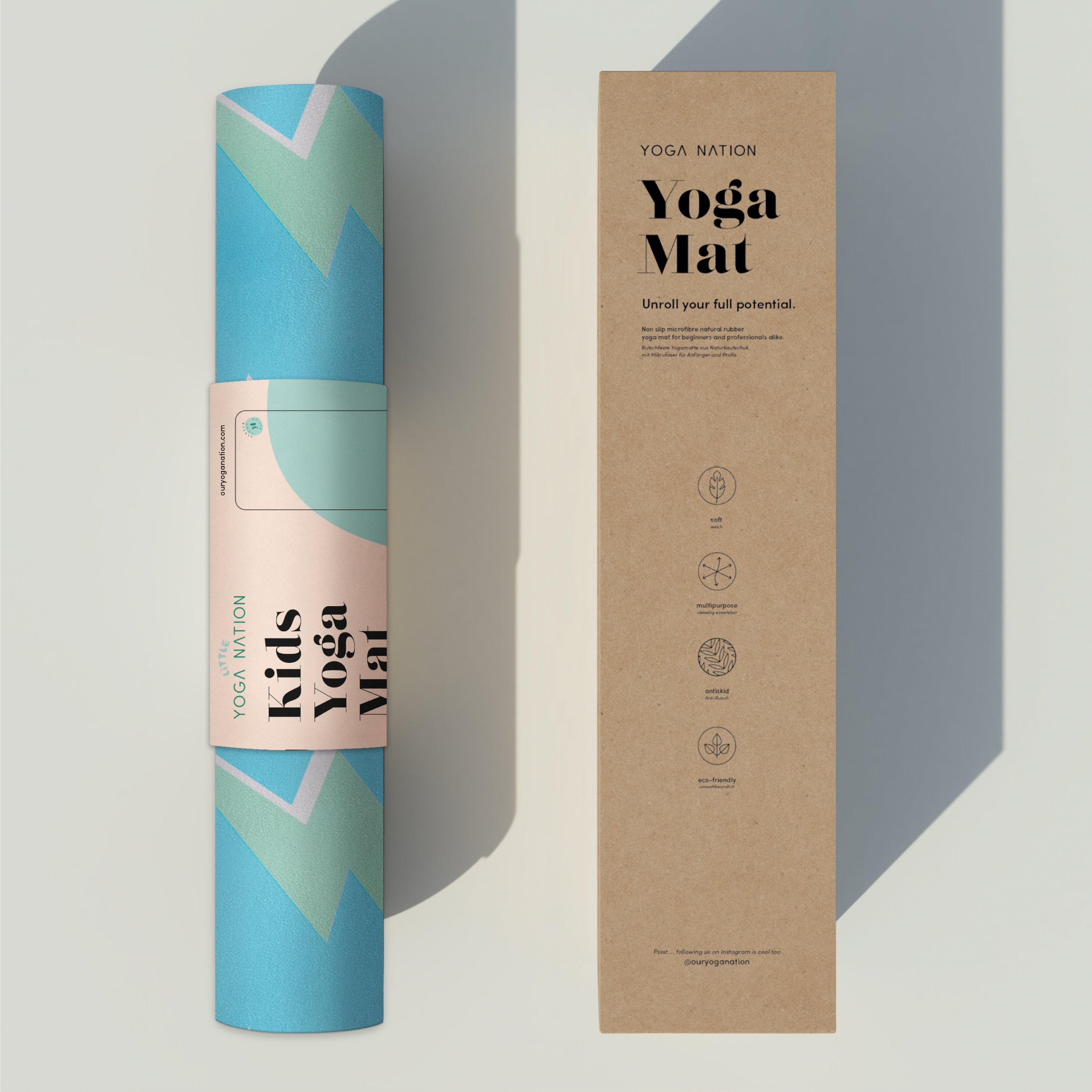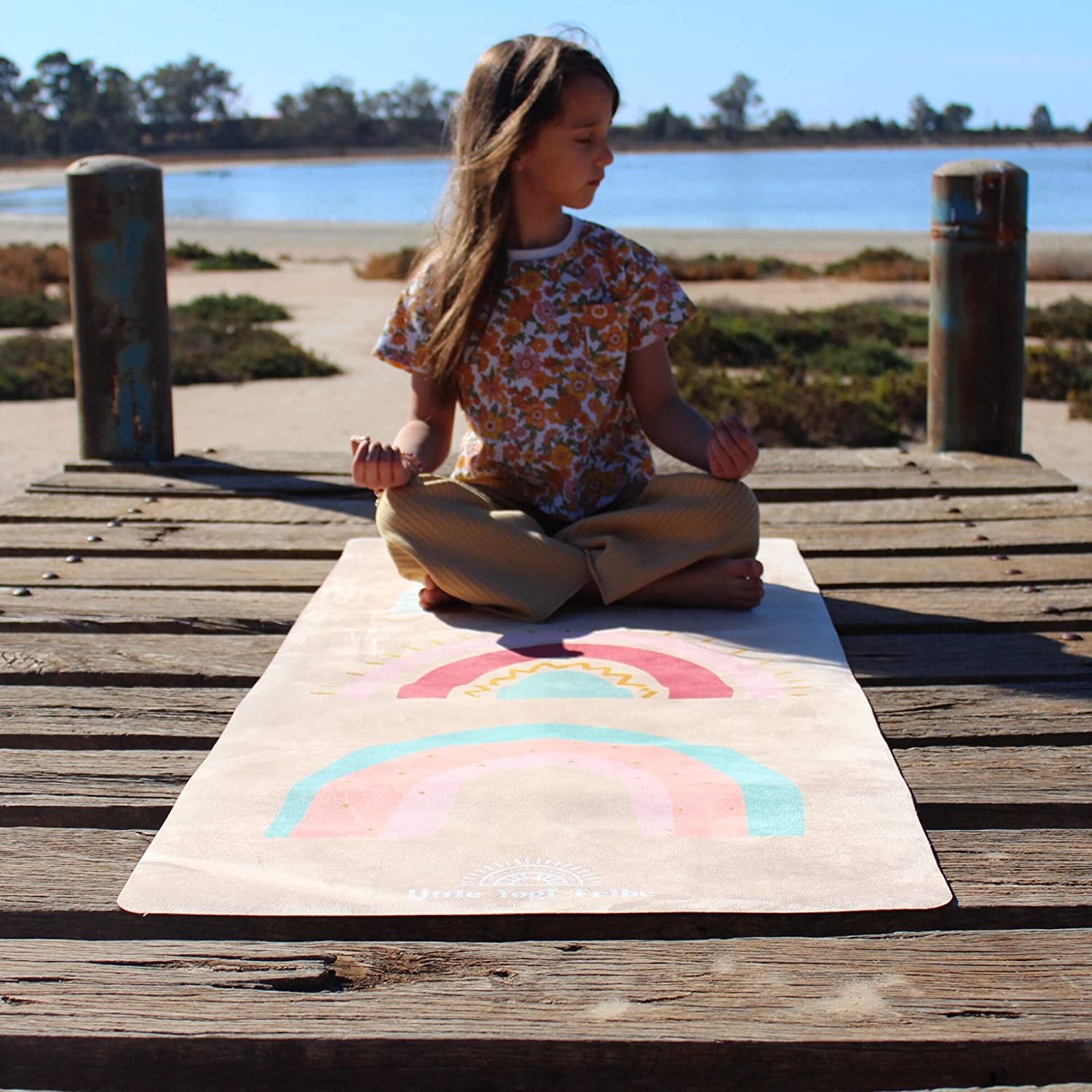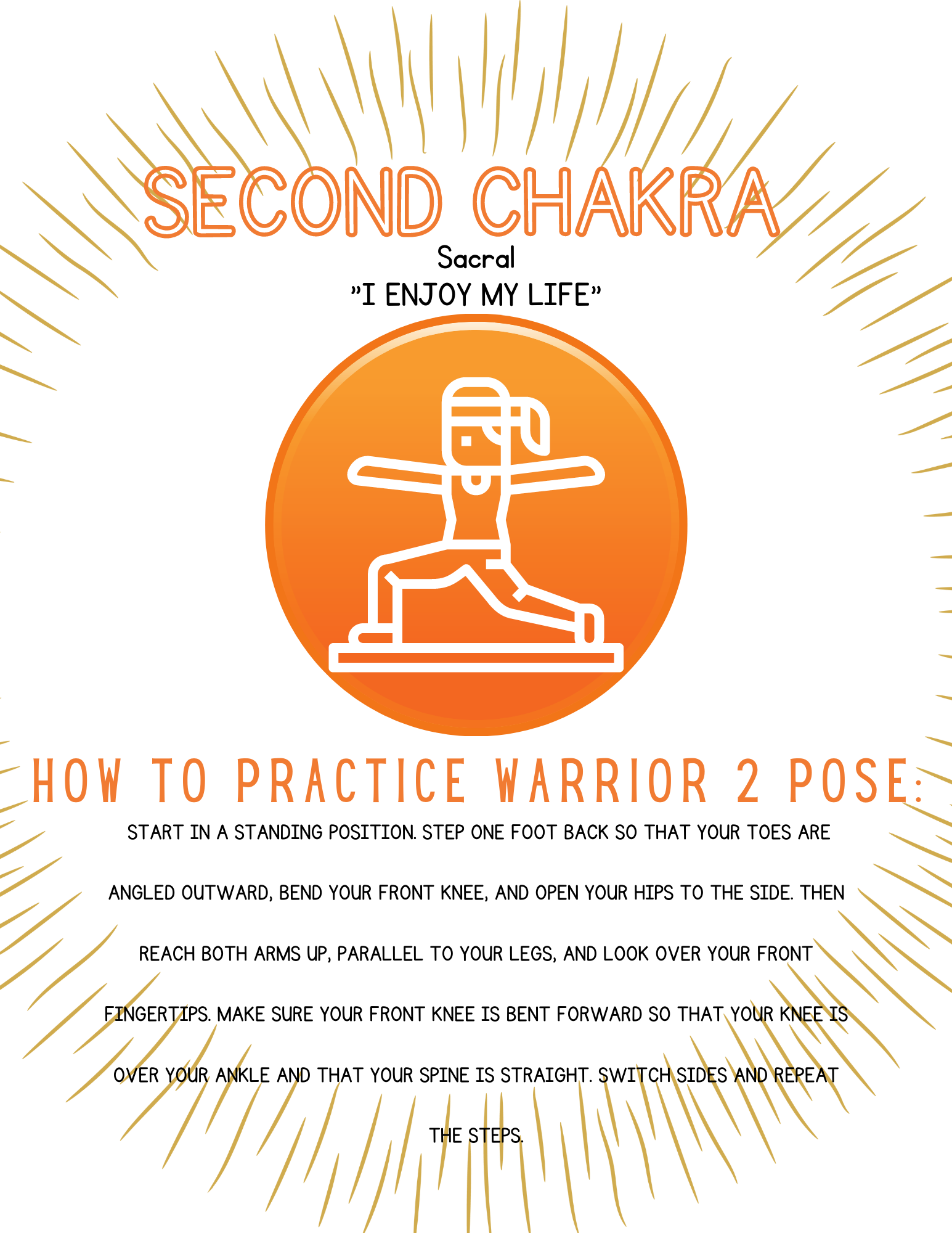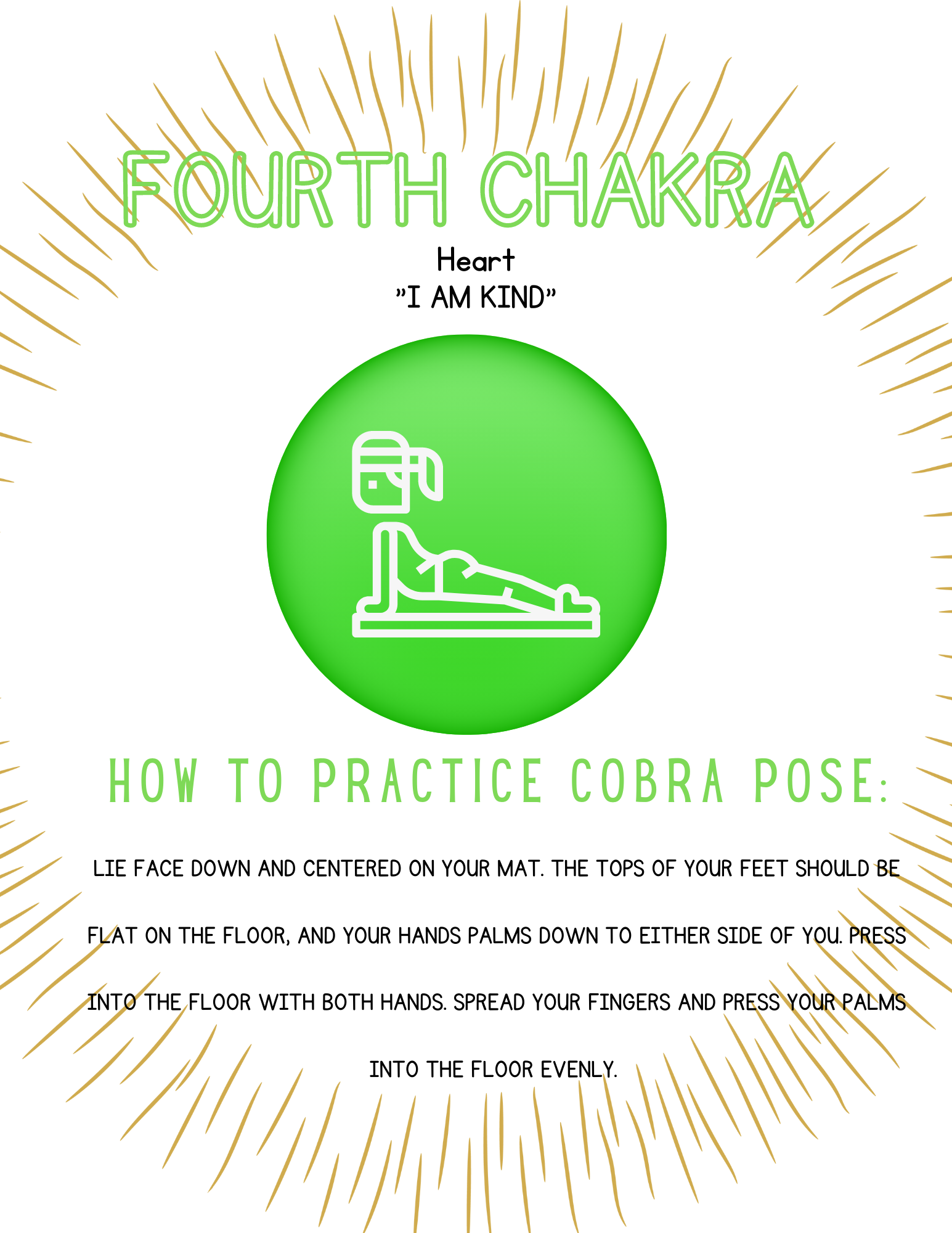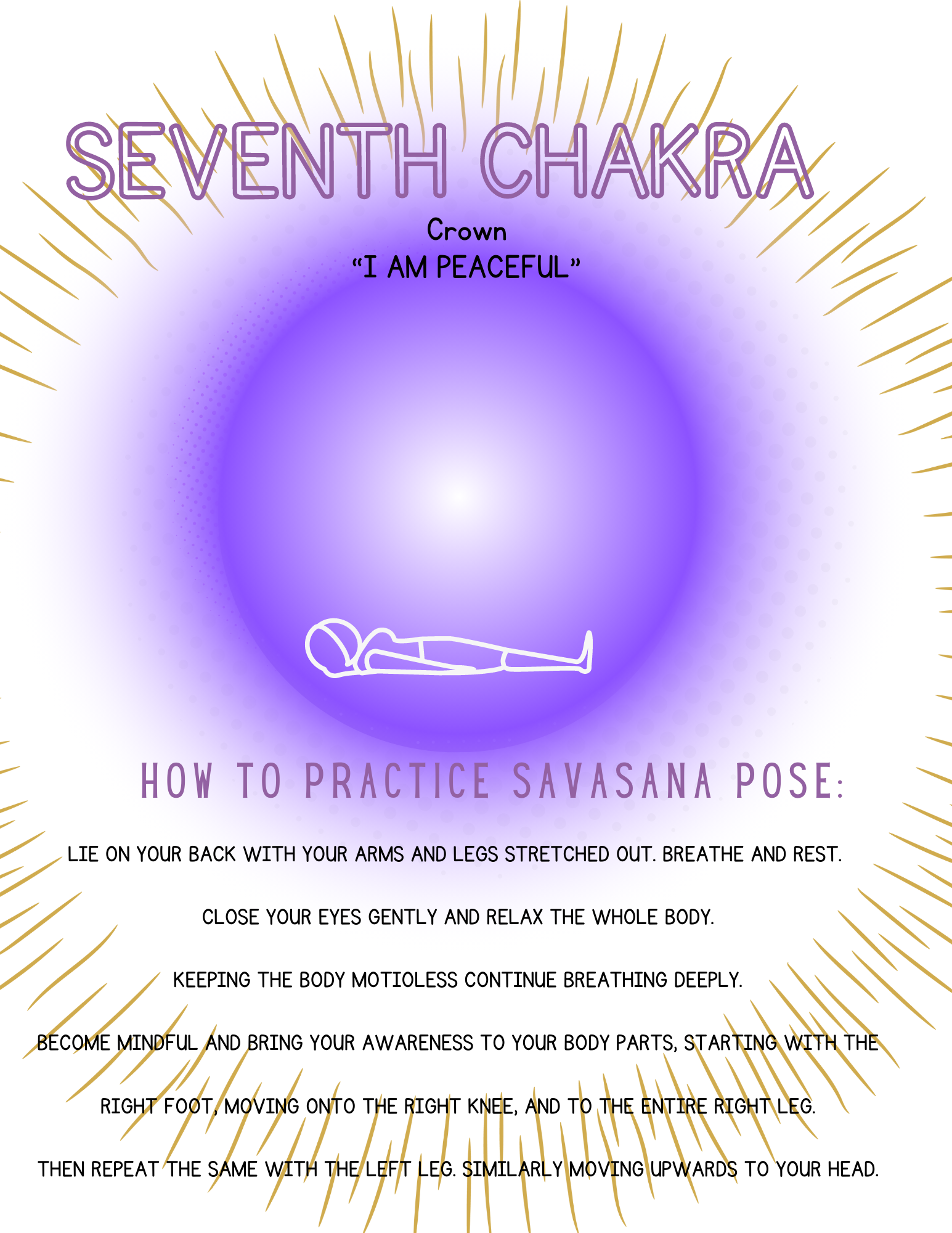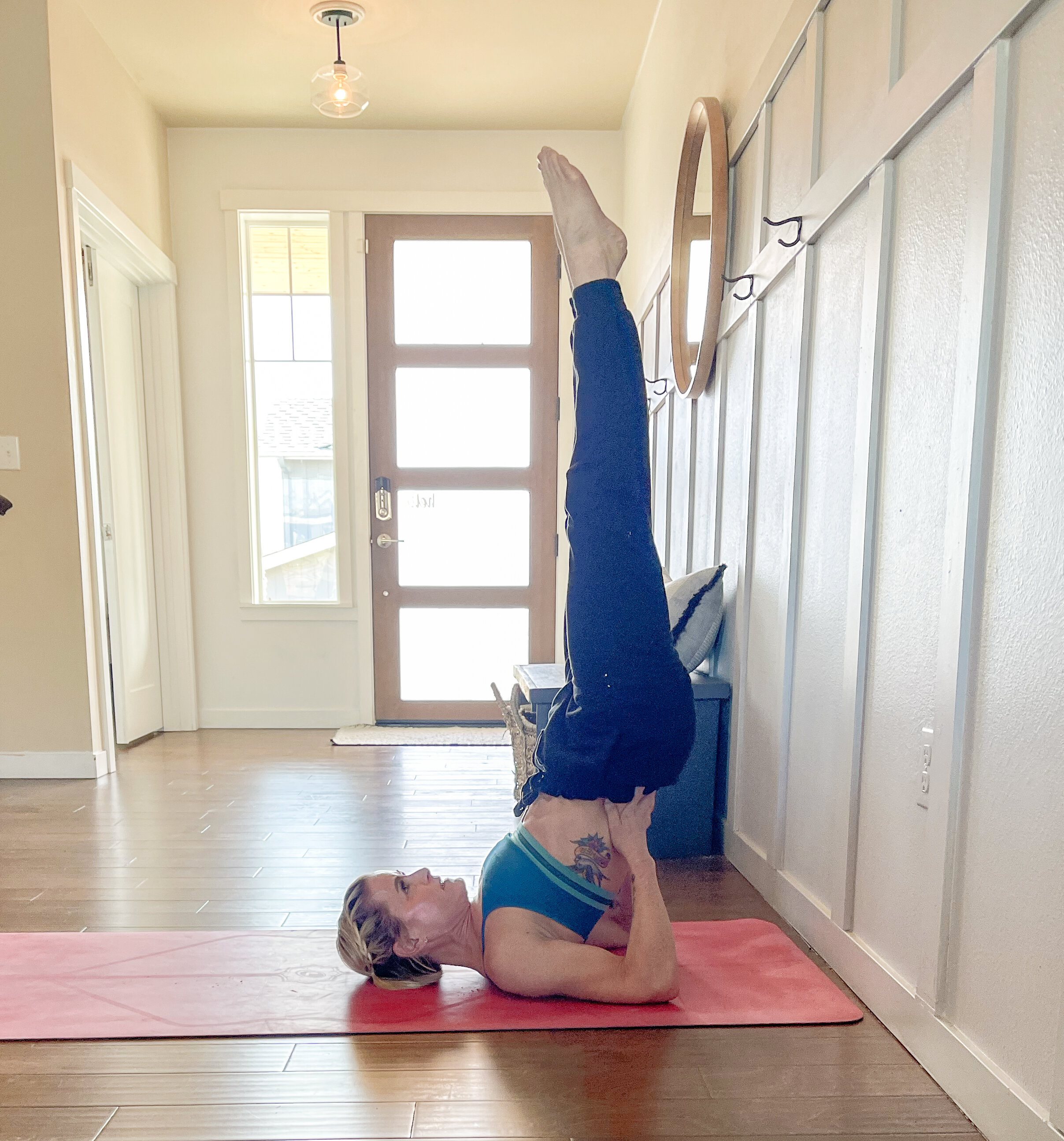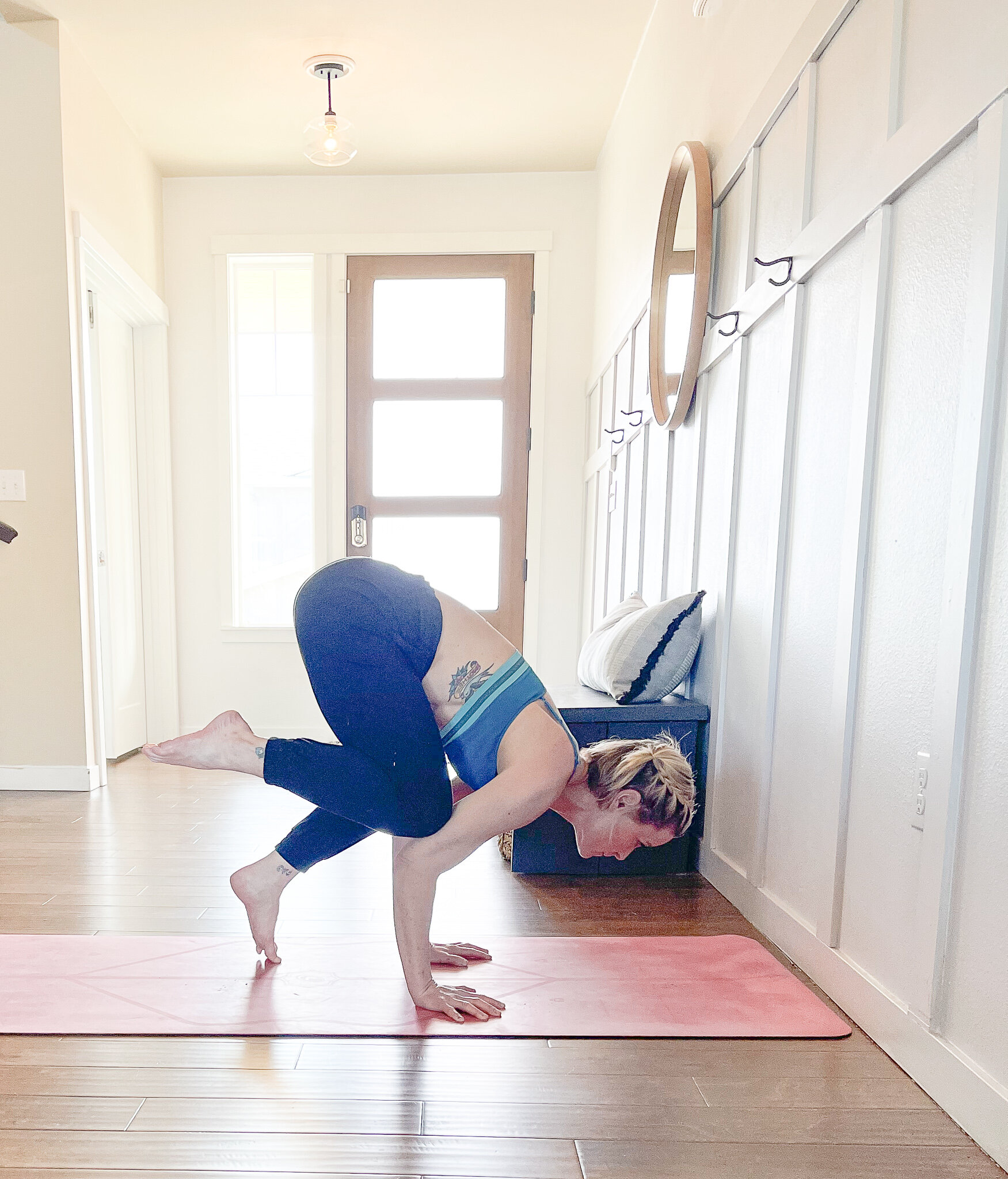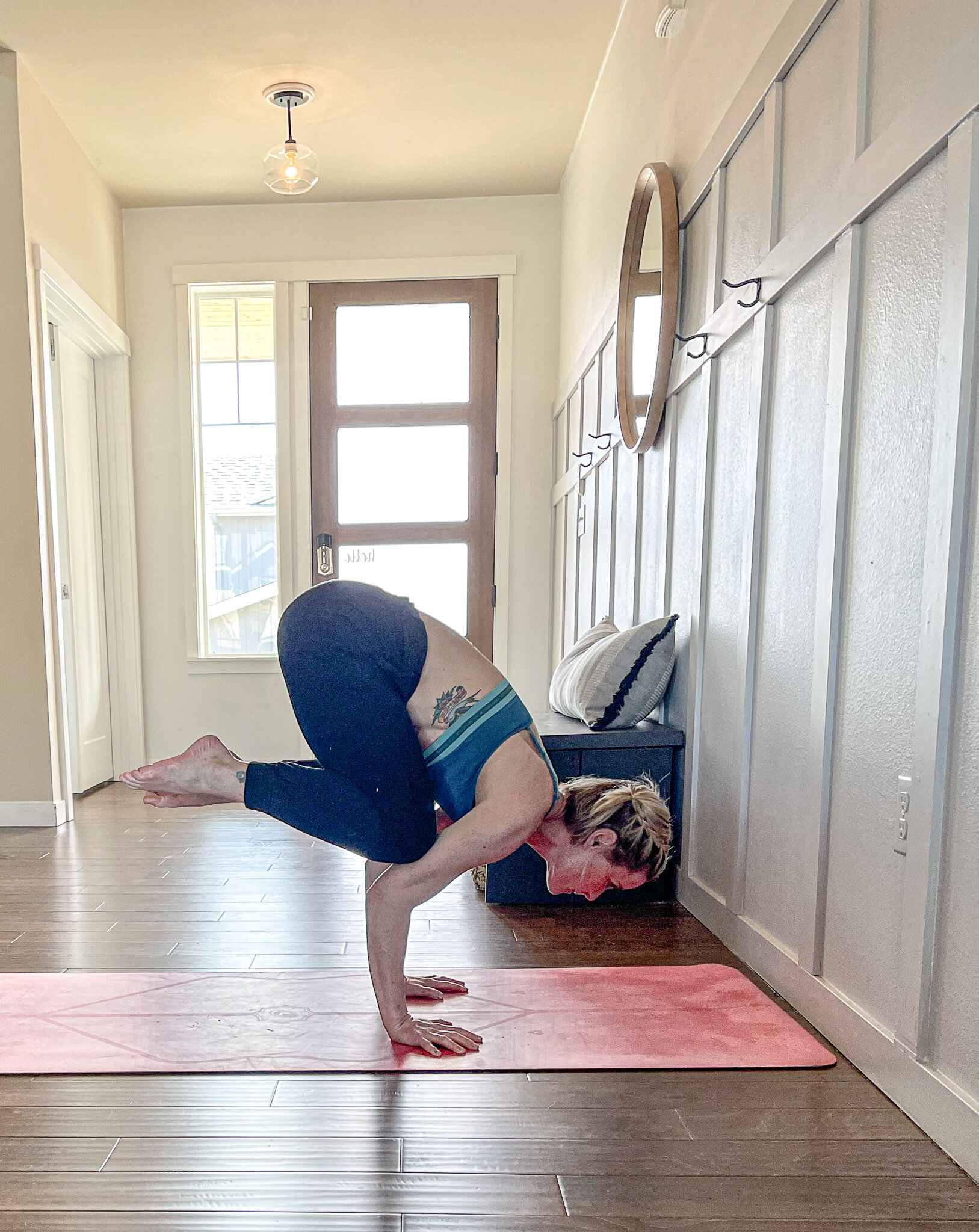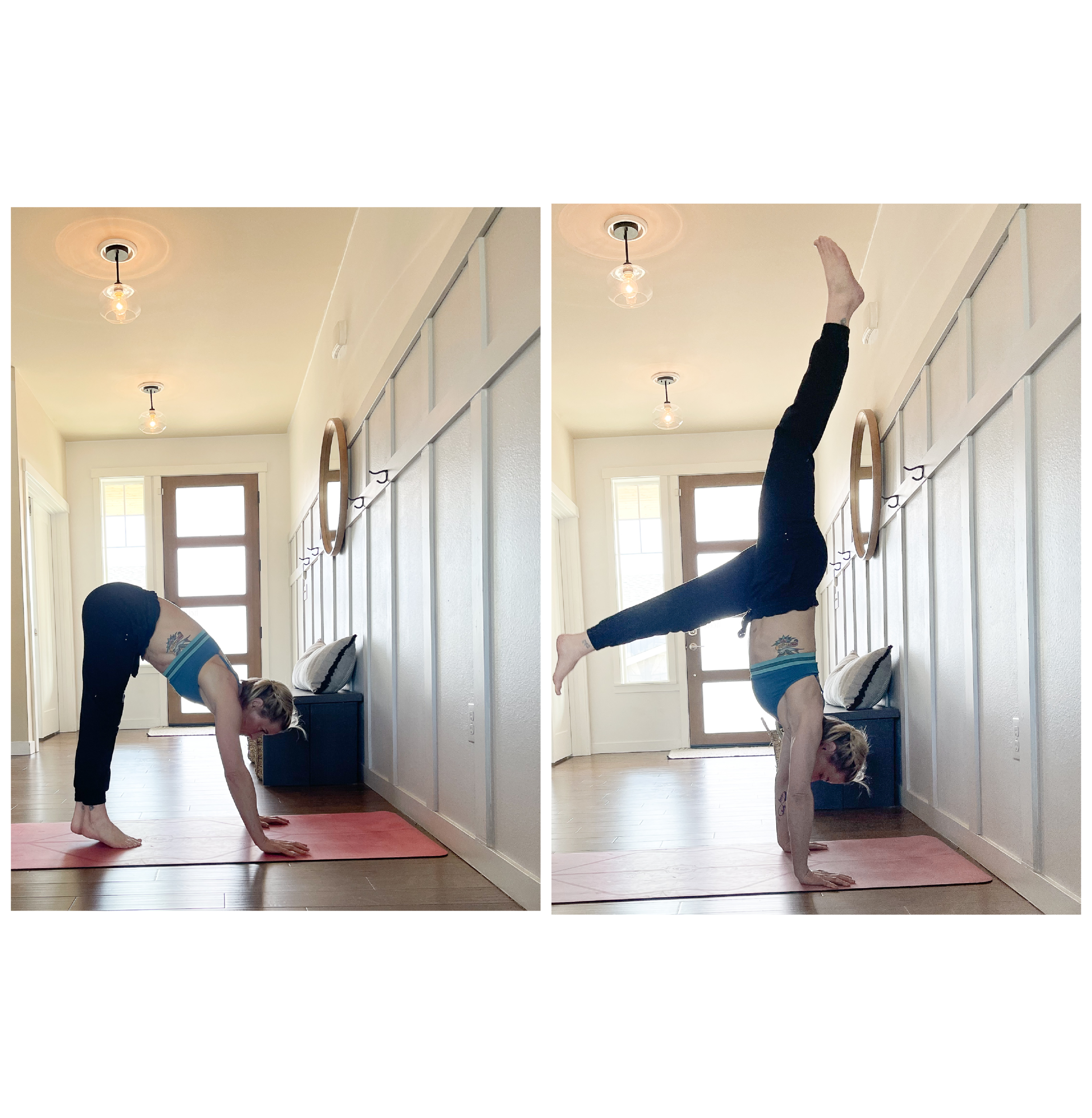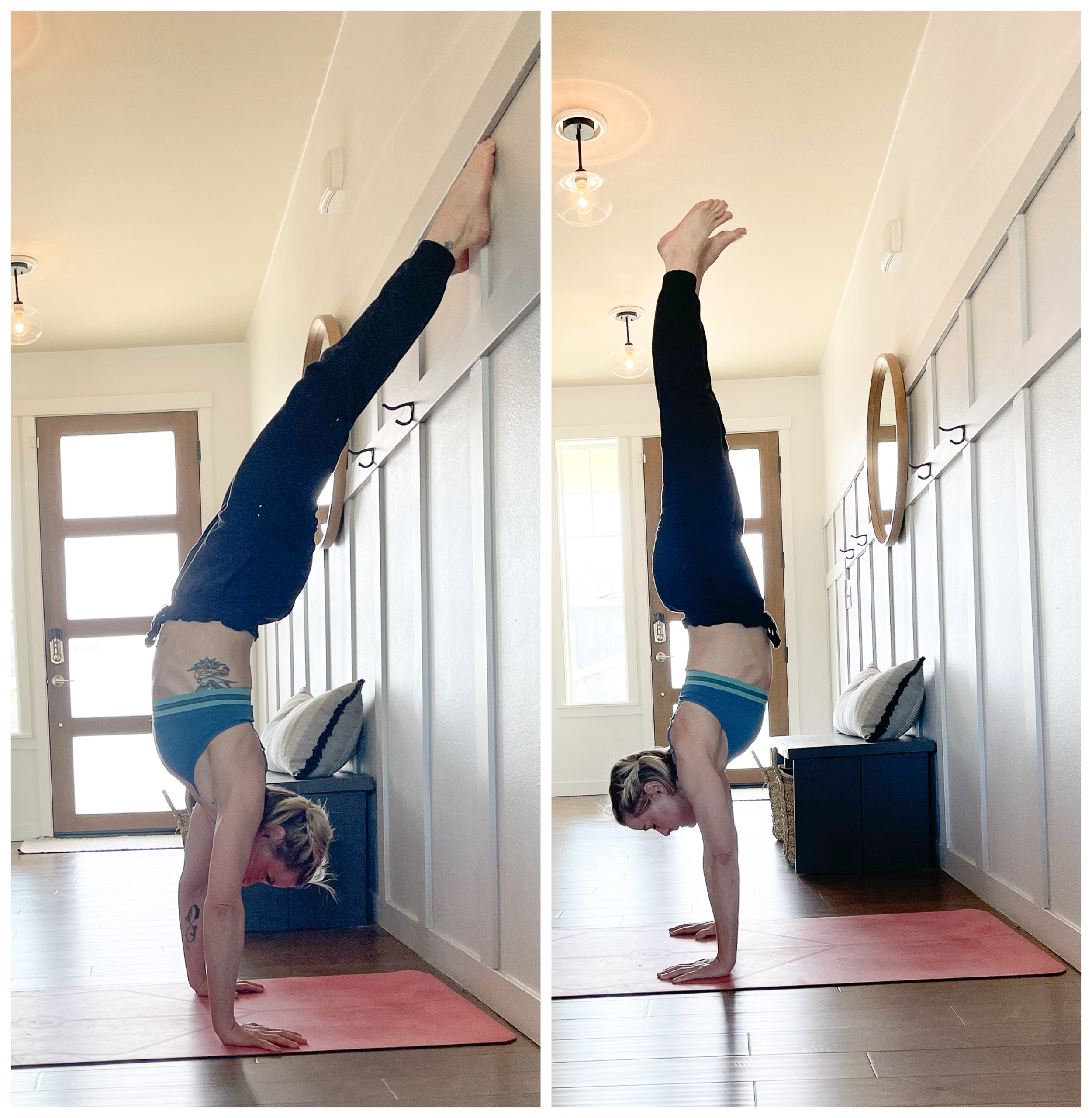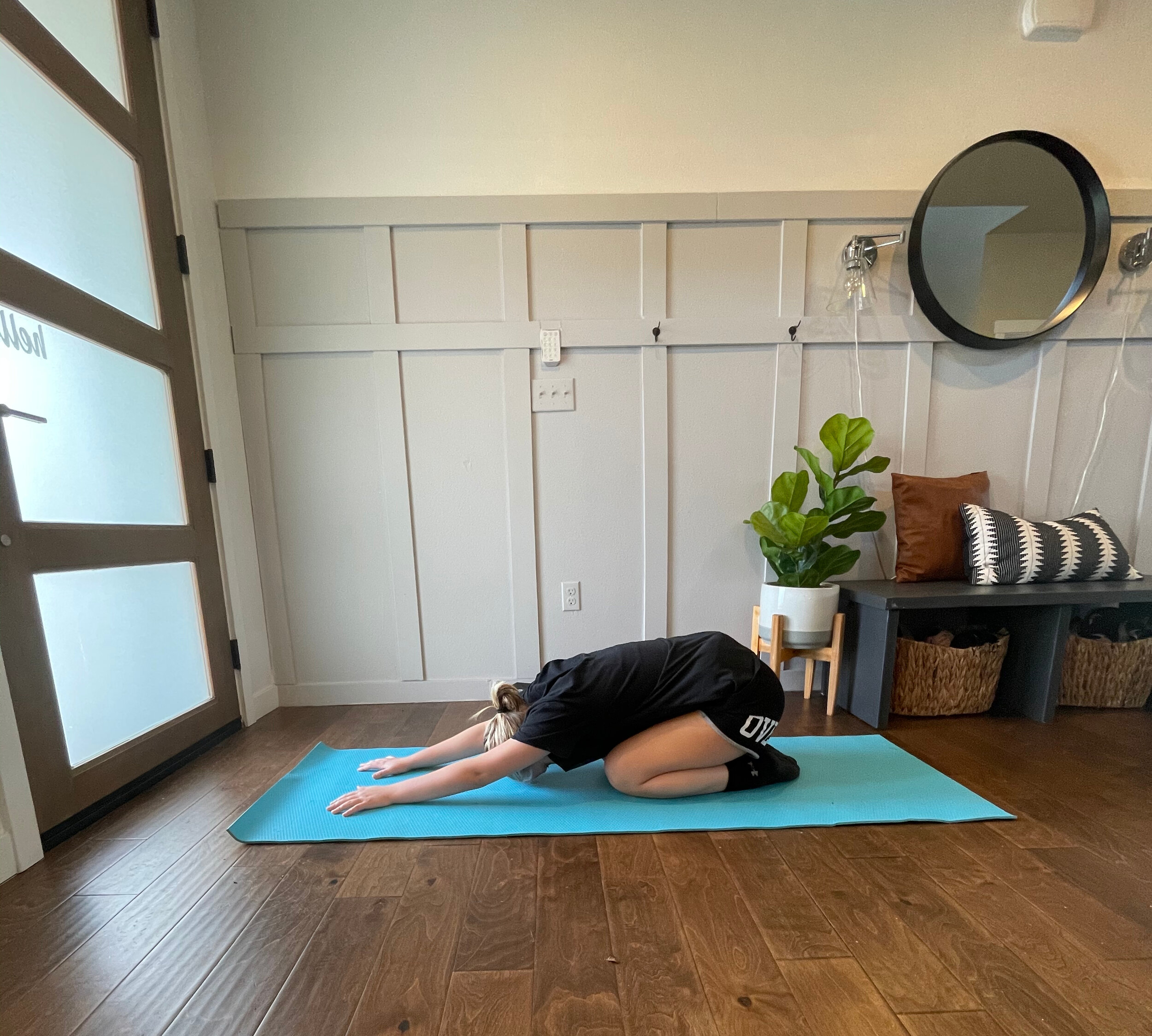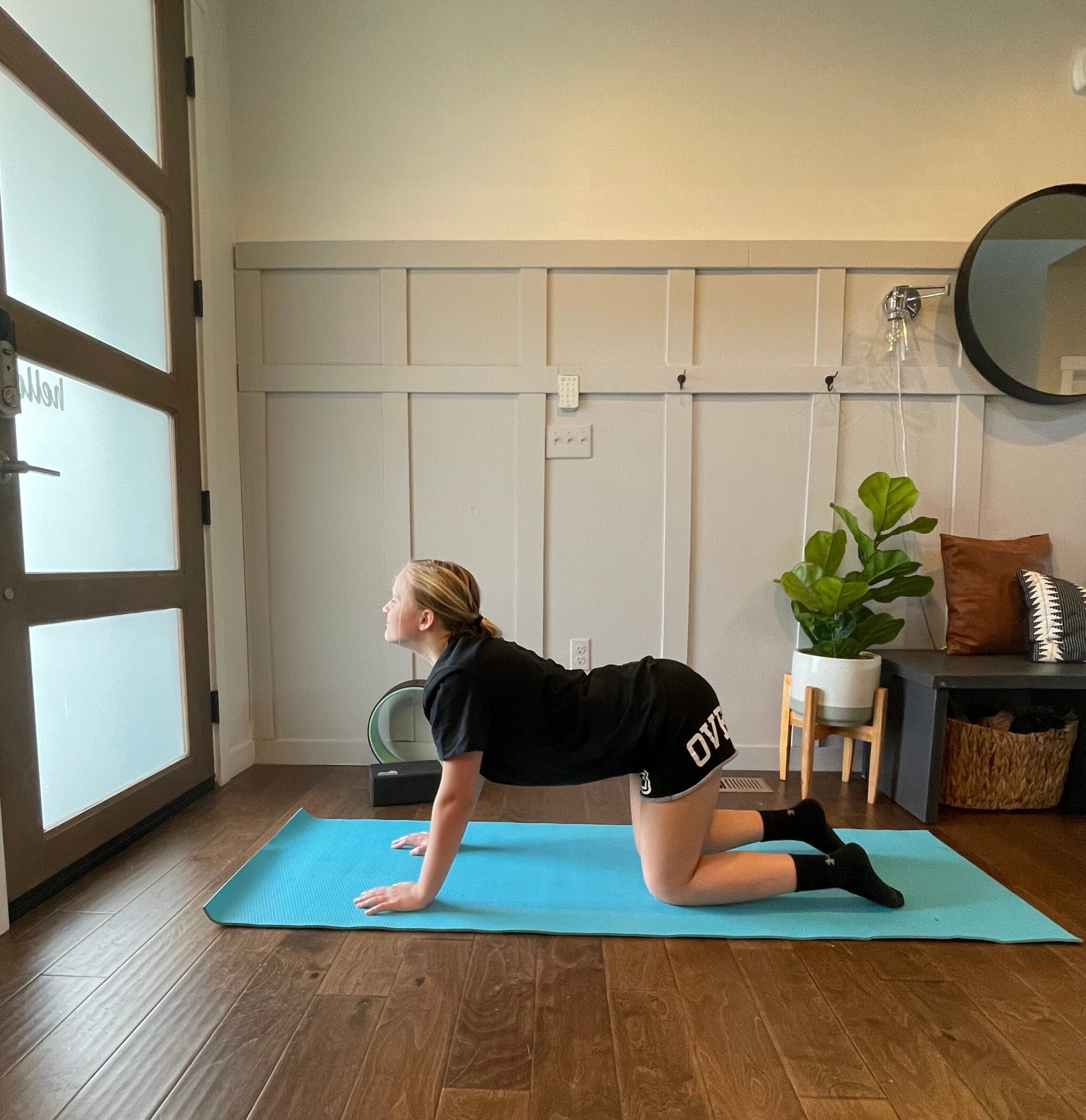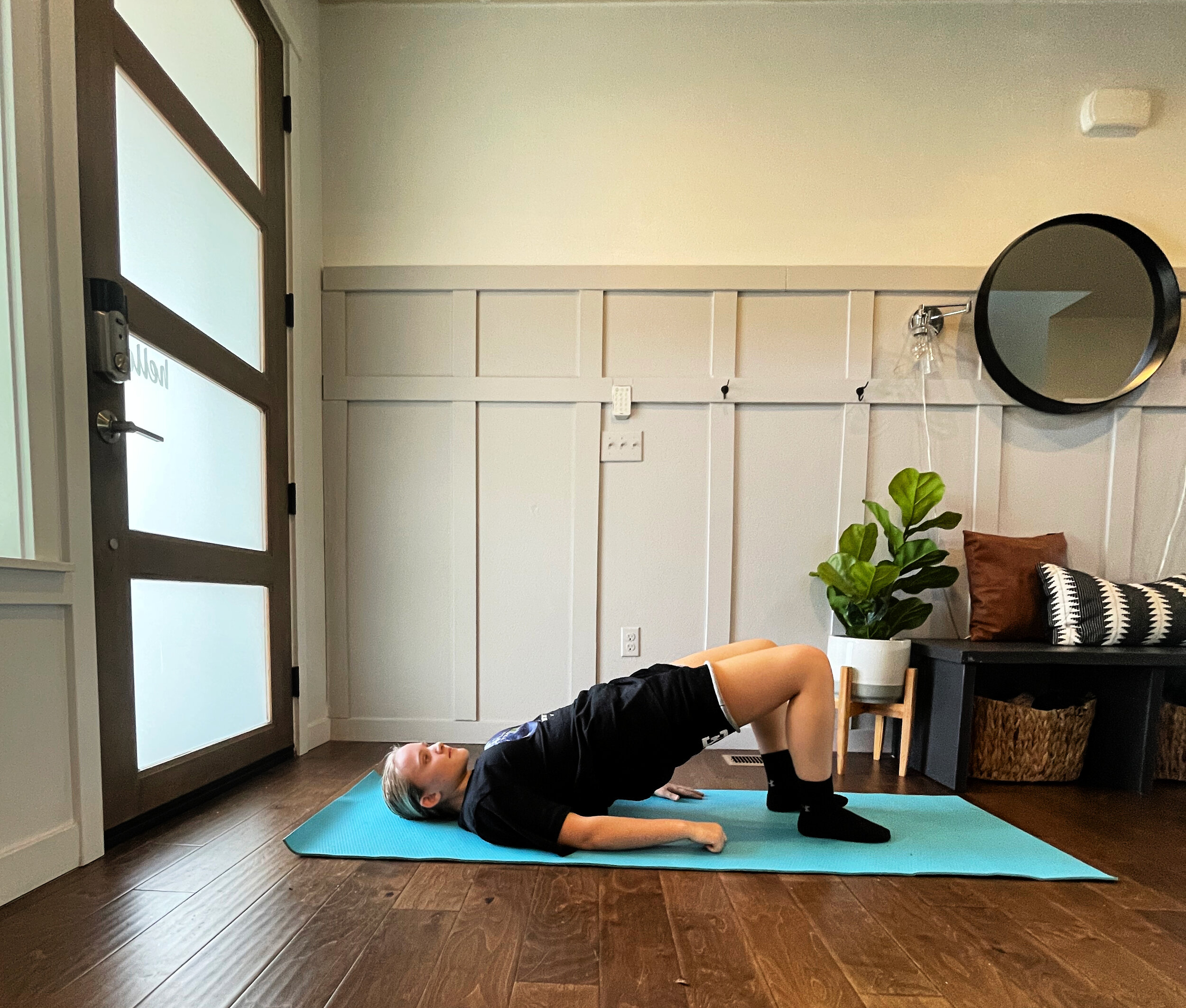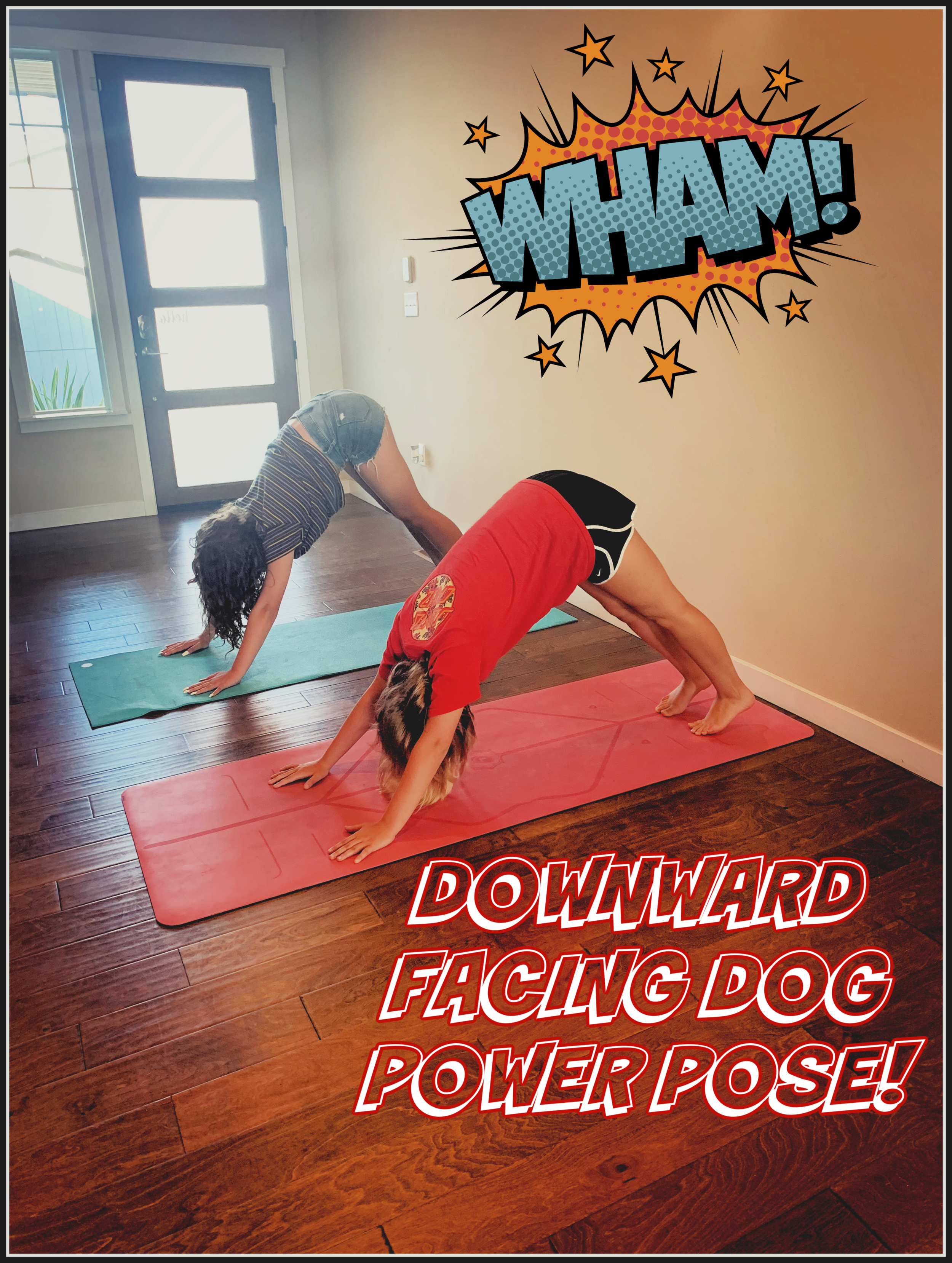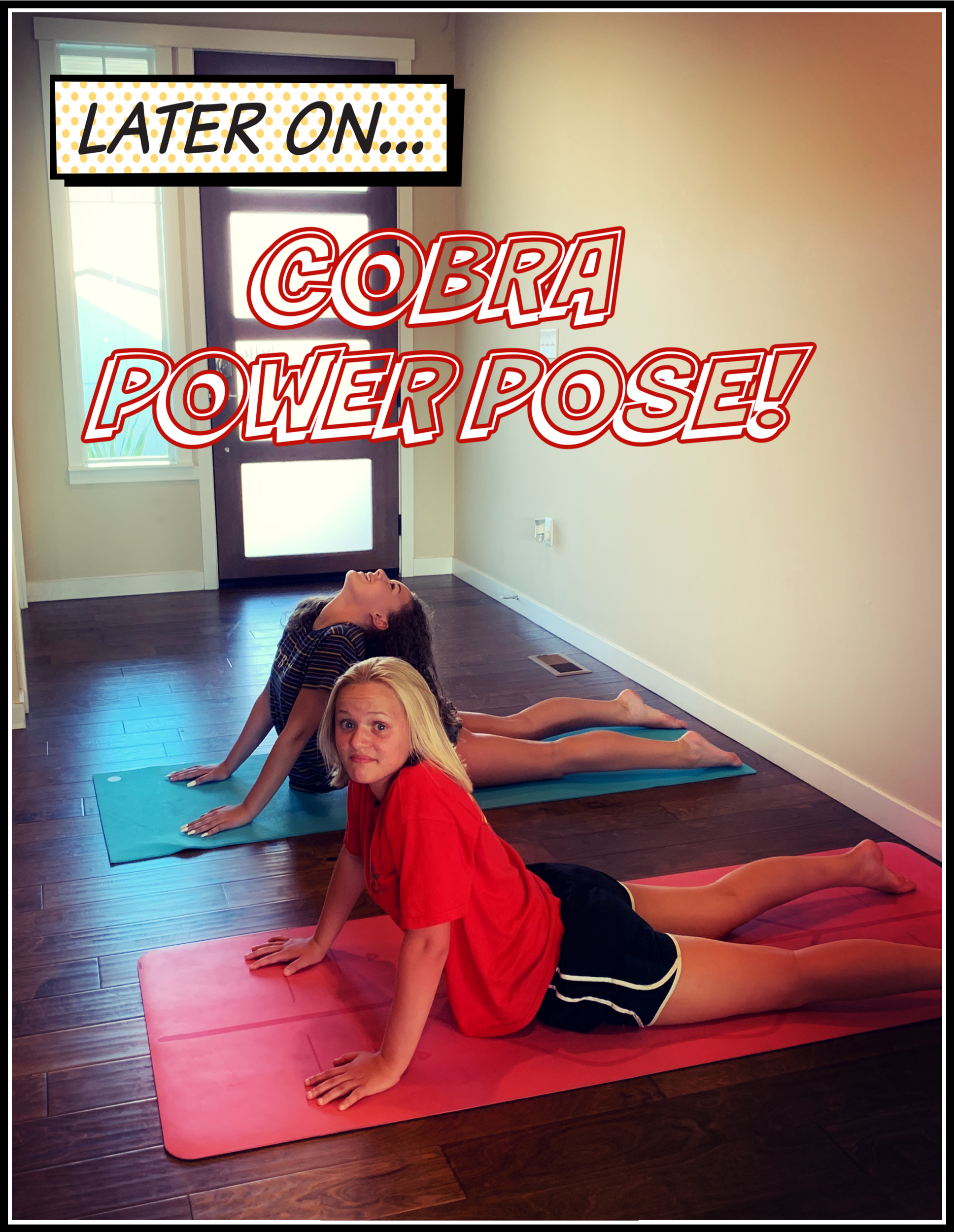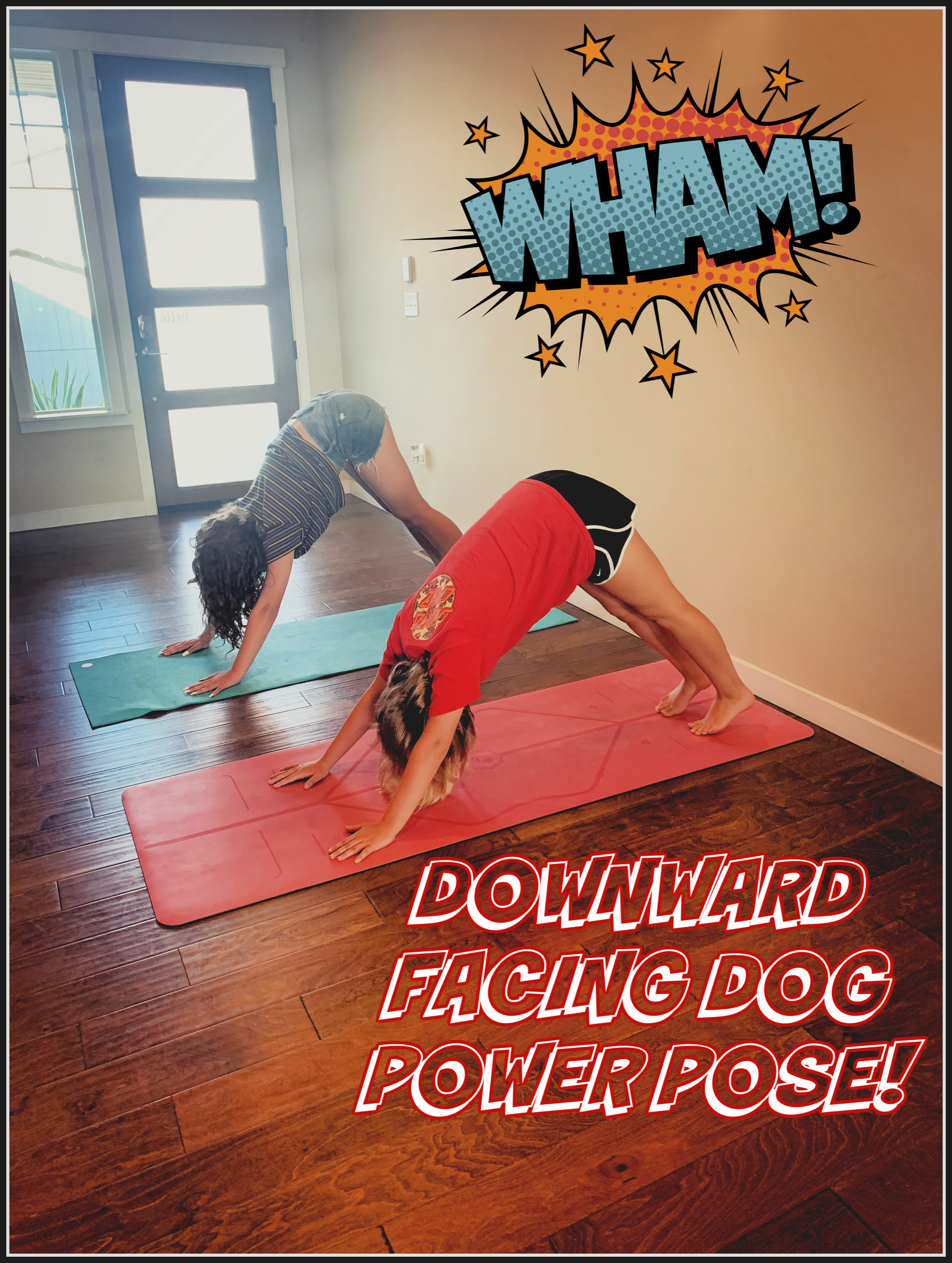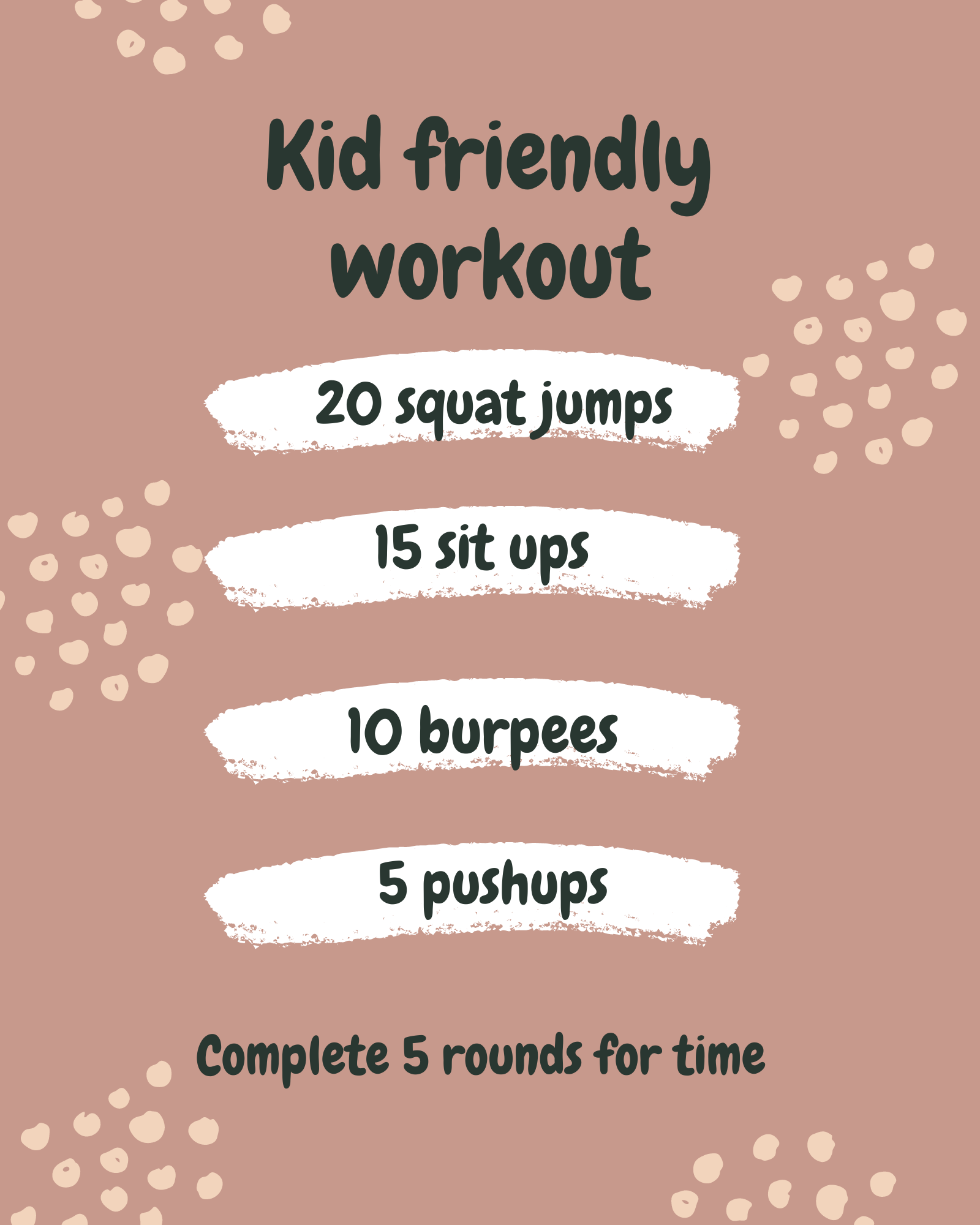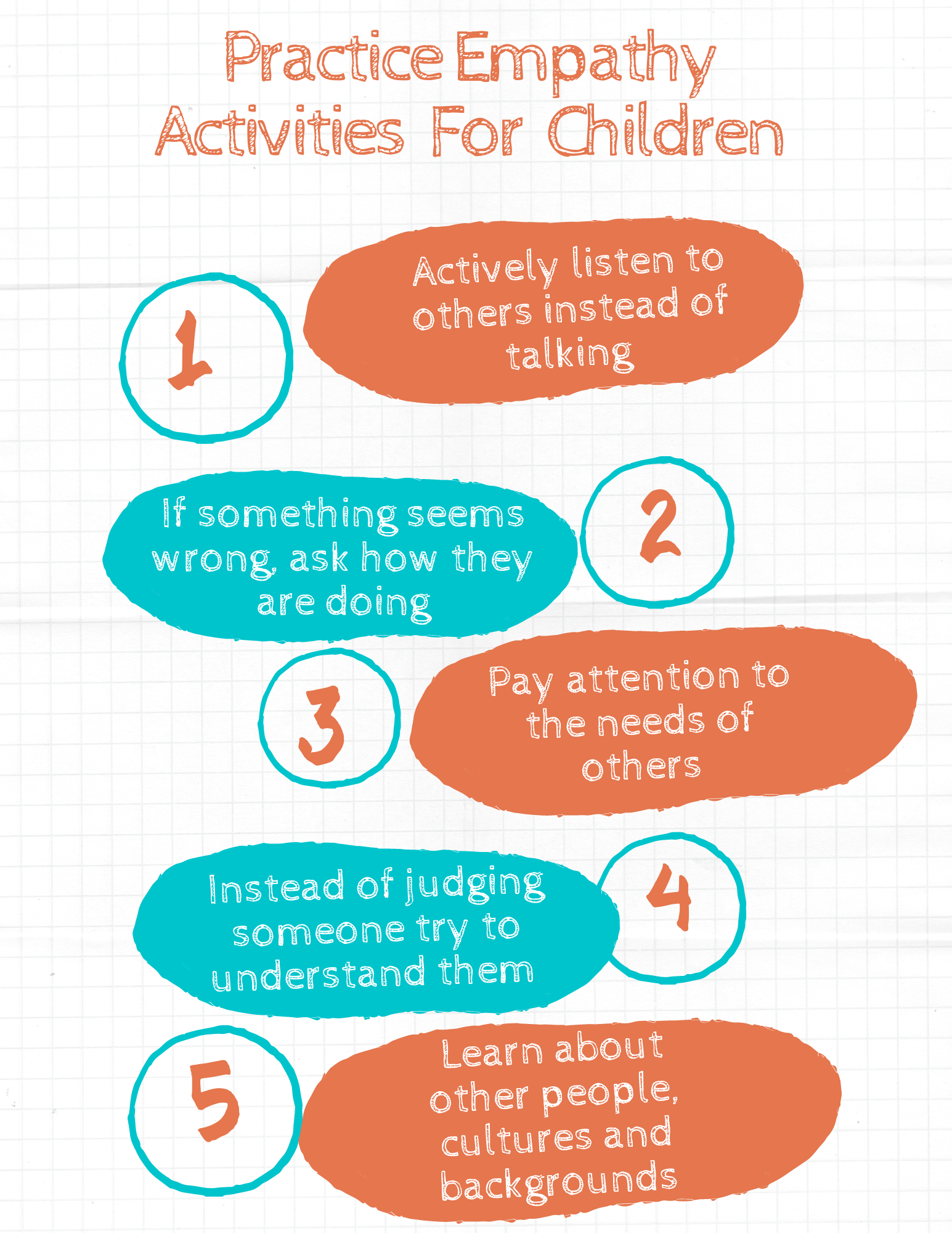“How can I help my kids reap the benefits I’m getting from yoga?” It’s a good question. As a parent, once you’ve seen how yoga has strengthened your body and calmed your mind, naturally you want to share those same benefits with your children to help them stay healthy, cope with stress, and cultivate inner strength.
What do you do first? How do you get them engaged? And how the heck do you get them to stay on their mats?
One way you can introduce yoga to your children is through a regular kids’ yoga class. But if one doesn’t fit in your family’s schedule, or the right teacher hasn’t appeared, no worries. To offer your kids a meaningful experience of yoga, all you have to do is make it a part of your home life.
Fortunately, you don’t need to be a children’s yoga teacher to start showing them fun and easy yoga activities that will have tons of great benefits for both them and you. Children are actually natural yogis. Their innate trust in others, combined with their lack of inhibitions, allows them to receive the teachings of yoga and grow from them in inspiring ways. Adults have a lot to learn from the way children receive yoga! If we can lead them there, they will not only benefit, but they will enjoy it immensely. First Let’s go over some of the benefits of yoga for our kiddos.
1. Yoga is non-competitive.
In today’s world, we hear so much about being the best and achieving the most. Yoga teaches kids that their bodies are different; different bodies do different things and all of them are okay. There is no one better or worse at yoga than anyone else; we are all just exploring our bodies and learning from them in our own way. Yoga is truly for every body.
2. Yoga teaches self-acceptance.
In the same way that it provides children an opportunity to learn something that is non-competitive, it also teaches kids to accept and cherish themselves as they are. Again, with society sending so many messages of inadequacy, yoga teaches kids to love themselves.
Learned young, this incredibly valuable lesson arms kids with the tools to fight off the increasing feelings of self-doubt that come during the teen years and beyond.
3. Namaste: The light in me sees the light in you.
Yoga teaches acceptance and tolerance of others. In practicing yoga, kids learn early in life that all living beings are to be cherished and respected as they are, thus helping to create more peaceful local communities and a more peaceful world in our future.
4. Yoga encourages healthy habits.
Any exercise program begun in childhood helps kids to remain physically active and healthy as a lifestyle. However, yoga takes that further by teaching not only the healthy habits mentioned above, but also a healthy approach to eating and the ability to calm oneself and focus the mind.
5. Focus. Focus. Focus.
We live in a world of distractions. More and more these days, kids seem unable to focus on anything for any decent length of time. Yoga can help with that. It teaches kids to be present, and to concentrate and focus on their breathing.
They learn how the breath can help them throughout the day, in any situation. They learn to focus on the pose by learning correct body alignment, and in so doing, learn to focus on their bodies and how they function—guiding each limb or part of the body through the nuances of the pose.
6. Yoga teaches calming techniques.
Young kids deal with frustration most typically by crying and throwing tantrums. When they learn proper, healthy breathing techniques and tools to focus the mind, they begin to learn how to apply those tools in their everyday lives and to react appropriately to any situation.
I know as an adult, I see improvements in this area in myself. Just imagine if I head learned more of these techniques as a child!
7. Children learn self-awareness through yoga.
Again, in guiding their bodies through the poses, children learn more about their bodies and what they are capable of. They learn more about their minds, and how they can affect not only their own attitudes and approaches to life, but also the attitudes of others.
They learn that they can achieve this through their own thoughts and how they choose to react to any given situation. This awareness of the body, mind and spirit, and of what can be achieved when all three work together, helps children develop into more confident, kind, responsible adults.
8. Yoga supports positive mental health in children.
When children learn to accept and love themselves for who they are, to see the good in others, to focus and calm their minds, and to be aware of their innate capabilities, they learn tools for resilience.
They are more likely to be positive and optimistic about life and their abilities, and will hopefully be less likely to succumb to anxiety, depression and other mental health issues that are so prevalent today.
Best Yoga Mats For Kids
Children's yoga mat with a microfiber surface. Perfect for little hands and feet. The kids yoga mat from Little Yoga Nation combines good grip with the feeling of a velvety soft towel.
Made just for kids: cool designs for small yogis and yoginis of approx. 3 - 12 years and a size of approx. 1.50 cm. Perfect size for kids: 153 cm L x 61 cm W x 0.6 cm. Our designs will delight your little yogi.
Designed with love: Little Yoga Nation dispenses with plastic and relies on recyclable packaging made of paper and cardboard. We love yoga and we love our earth.
Super comfortable and functional: super soft surface combined with a perfect grip. Portable and easy to store.
Really Good Stuff Kids Yoga Mat with 24 Illustrated Poses
Strike A Pose: Printed with 24 adorable, instructive pose illustrations, this is the perfect kid, teen, and toddler yoga mat for beginners to follow along and learn every position. Not only is yoga fun, it also helps build strength and flexibility, which in turn can reduce your child’s chances of injury as they grow. Great for use at home or in the classroom, for a fun activity and coordination exercise for kids!
Encourages Calmness and Mindfulness: The perfect low impact exercise tool for toddlers, children & teens – Created especially for kids, this thick yoga mat with poses printed on it provides a wonderful outlet for kids to burn through extra energy, calm down, and feel rejuvenated.
Made with 100% recycled tree rubber, our Kids’ Yoga Mat features a luxurious soft microfiber suede surface and a beautiful cushioned surface making it a suitable and comfortable for their little hands and feet for practice, and also play.
Lightweight, bio-degradable (PVC free with no Phthalates) and hypoallergenic with a non-slip grip, these specifically designed Yoga Mats for Children are easy to clean and machine washable.
Adorned with fun, gorgeous and adorable Chloe Jasmine illustrations, they offer all the comfort and stability of their adult counterparts, simply smaller, making them the perfect size for your little humans to carry.
Little Yogi Tribe Eco Friendly Yoga Mat
Yoga Mat For Kids: Nurture healthy bodies & happy minds with their very own cute yoga mat! Our kids yoga mats are smaller than standard sized yoga mats perfect for little hands and comes with a free yoga carrying strap. Our small yoga mat is suitable for your toddler, child & pre teen.
Eco-Friendly & Non Toxic: Made of 100% natural tree rubber base and soft microsuede top our kids mat are biodegradable and recyclable. Our non toxic yoga mat is free of PVC, silicone, phthalates, chemical odours & other nasties.
Safe, Durable & Non Slip Yoga Mat: Our kid yoga mat will not slip. The 3mm rubbery base and fluffy jute microfiber texture on top means the mat is soft and gentle for your little one for yoga practice, kids exercise and play. Our high quality mats are super durable and tear resistant.
Easy To Clean: Our children’s yoga mat are machine washable or simply hand wash with mild detergent and water and hang to dry.
Kids Yoga/Mindfulness YouTube Channels to Follow
Healthy videos made specially for kids - with a focus on yoga, mindfulness, stories and relaxation. Used in homes and schools all over the world. Interactive adventures which build strength, balance and confidence - and get kids into yoga and mindfulness early!Healthy screen time which gets kids moving, relaxing and learning simple lessons for a happy life.
Bari is an award winning child and family recording artist and beloved kids yoga educator. Bari has trained over 20,000 teachers (and counting) to teach kids yoga based on her award winning songs and activities. Her songs for kids yoga, music and movement are used on a daily basis by thousands of children.
Rainbow Yoga offers some of the most well-known and loved yoga specialization teacher trainings in the world. Come and learn from us how to share with the world this unique style of interactive and fun yoga which celebrates life and brings people together. Step off of your individual yoga mat to explore and nurture your connections with friends and loved ones.
Kidding Around Yoga is an international kids yoga organization that specializes in kids yoga classes and 3 day kids yoga teacher trainings. Music plays a big role in what we do, as we have 3 originally written and professionally recorded CDs full of insanely fun songs... some of which double up as activities and games! Our classes incorporate the entire science of Yoga, including breathing, stretching, meditation, and deep relaxation....mixed in with high energy exercise and tons of silly fun.
Kids Yoga/Mindfulness Podcasts
The Peace Out podcast for kids
The Peace Out Podcast created by educator, family supports practitioner, and yoga guide Chanel Tsang, is entering its fifth season. That means there’s already so much content you can go through to help you find exactly what your child needs. I appreciate that they focus on breathing techniques in every episode, but use different themes, like dinosaurs, forests, and space to keep even younger kids interested and engaged.
Bonus: the Peace Out website includes great supplemental resources and articles for parents in the show notes for each episode, to help keep the learning going, if a theme strikes a cord with your kids.
The Like You podcast (get the double entendre there?) is hosted by dad of two Noah Glenn, and offers a fun mixture of stories, affirmations, breathing exercises, and lessons on emotional regulation all in convenient podcast form. The episodes may be a little long for preschoolers, but I think grade schoolers and older kids can really benefit.
The Relax and Be Happy is an especially good mindfulness podcast for younger kids who may not have the attention span for longer meditations. It’s hosted by Bari Koral — a family music artist who also teaches the Yogapalooza you and mindfulness course for kids, with music by Grammy-winning New Age artist Paul Avgerinos.
Best Day Yet Podcast teaches mindfulness skills in a way that is fun, super positive, and engaging for kids, taking imaginative animal adventures and practice affirmations or mantras based on what is learned form each animal. There are also even shorter, power episodes that teach breathwork and empowerment tools that your child can use throughout their lives any time things get hard.
Kids Yoga/Mindfulness Websites
Alo Gives is a free, Scholastic-approved videos designed to be used in classrooms or at home to help introduce kids to the skills necessary to calm their minds and bodies, mute negativity and promote learning. You’ll find fun, inspiring yoga and mindfulness programs containing 5-minute videos as well as creative, thought-provoking printable worksheets.
Giving children of any age the skills to move and breathe helps them learn to confront challenge, amplify the positive, and be present, calm and clear-headed and in the midst of challenge, fear or frustration.
Kids Yoga Stories yoga books, yoga and mindfulness cards, and other resources target children from ages two to eight. Engaging characters will get them learning, moving, and having fun.
Yoga stories combine easy yoga poses for kids with reading adventures that will help growing bodies and minds. Through creative storytelling, your children learn while acting out the stories through the poses, which help children develop awareness of their bodies and how they move. This improves motor skills and gives them an outlet for self-expression. Children who can express themselves often resort to meltdowns less often. The principles of yoga also offer self-calming techniques, which are great when it’s time to relax or go to bed.
Kidding Around Yoga was founded by Haris Lender in 2009. Since we began spreading the love of Kids Yoga we have trained more than 10,000 people across the globe and as a result our teachers have delivered classes to more than 1 million children worldwide.
Their online program combines the principles of ancient yoga practices with a fun and engaging twist, which is coupled with a series of original music written and performed by our founder and many members of the KAY family. There are lots of classes and workshops available as well as a blog and podcast!
Kids Yoga/Mindfulness Books
1. Yoga for Little Kids 2. Breathe Like a Bear 3. Good Night Yoga 4. Breathing is my Superpower 5. Good Morning Yoga 6. Masters of Energy
I am sure your kids will love to learn about yoga as much as you have! Be sure to keep an eye out for our schedule at Spark for family and kids yoga classes too!
Namaste - Cassy


